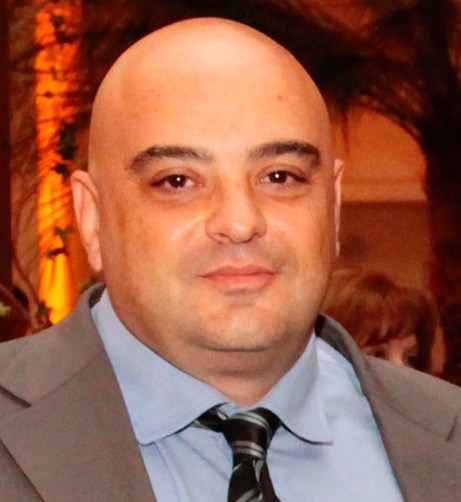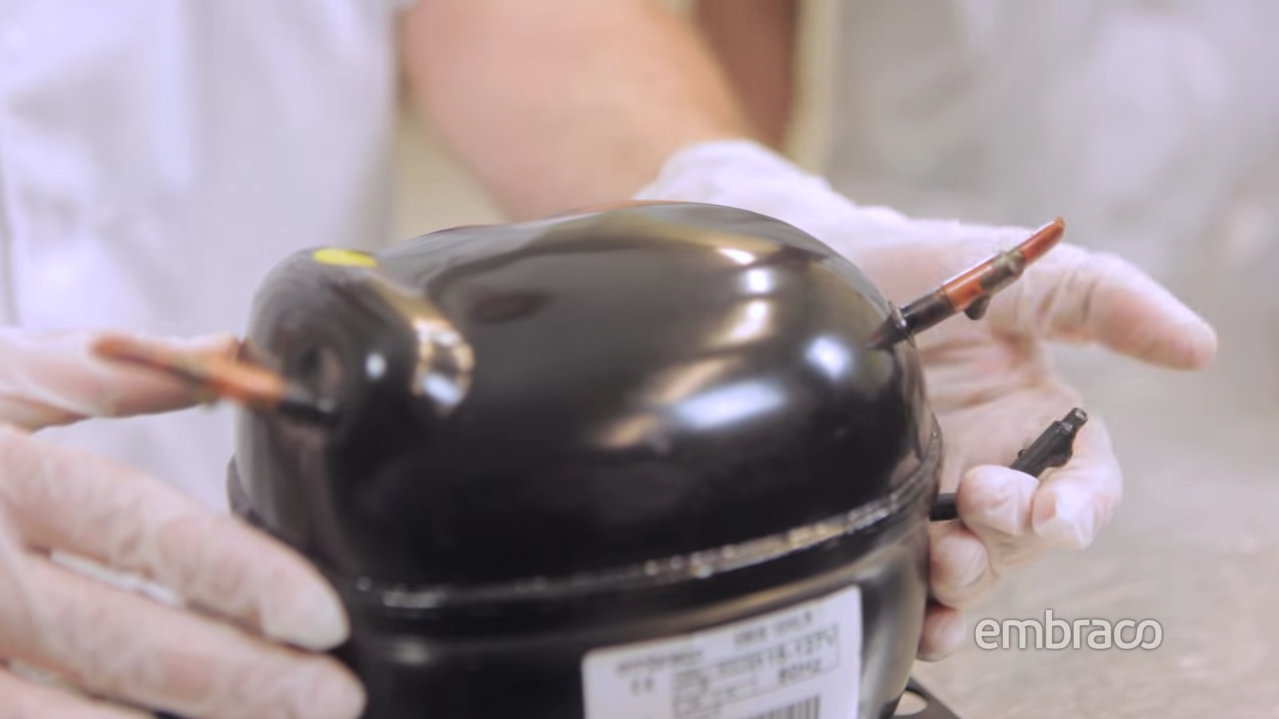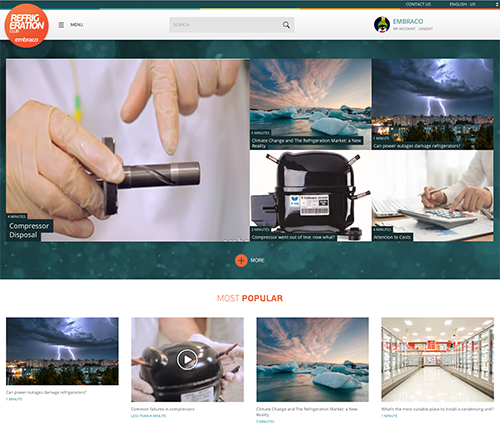[gravata]The trend is that many refrigerant fluids will be used as substitutes.[/gravata]
Paulo Neulaender Jr. – Specialist in refrigerant fluids and best maintenance practices.
Vice President of the Environment from Abrava (Brazilian Association of Refrigeration and Air Conditioning), Paulo Neulaender Jr. is one of the leading Brazilian specialists in best maintenance and refrigerant practices. In his estimate, he has trained more than 20,000 technicians. He collaborates with a number of important initiatives, such as the Brazilian Plan to eliminate CFCs and the Ozone Group. So he has a lot to tell Club readers. HOW DO YOU EVALUATE THE PROCESS OF ELIMINATING HCFCs? Brazil is a major R22 user, which is a HCFC. We use an average of 900 tons monthly for the service sector. But I believe we’ll have a healthy replacement process and in the next 4/5 years we’ll be able to migrate to new technologies. The service sector (contractors) will have more difficulties replacing them in the field from 2020 on, when the import volume will need to be 35% lower and there is less R22 available. In general, the rest of Latin America faces very similar scenarios and challenges. WHAT ARE THE MAIN DIFFICULTIES IN THE PROCESS? Most difficult is to bring information to the market and train technicians to work with new synthetic and natural refrigerant liquid technologies. It’ll also be necessary to invest in order to continue operating in various areas of the sector. What we recommend is that companies already start preparing for change; those who wait until 2020 will spend a lot more money. HOW DO YOU SEE COLLECTING AND RECYCLING OF CFCs AND HCFCs? We are still crawling in this environmental issue of proper disposal of refrigerant fluids. There’s a lack of incentive, environmental awareness, training, information. Today, Brazil collects and regenerates 10% of the total amount used in the market. We should be regenerating at least 50%. WHAT TRENDS DO YOU SEE? The trend is the existence of a number of refrigerant fluids in the market. For example, R22 users will probably have a basket of products to replace it, such as R410A, R404A, R507, retrofit fluids, R290, R32, CO2 and in the future, the family of HFOs (Hydrofluoroolefins). The fact is that it’ll be necessary to learn to work with different refrigerant fluids, with different technical aspects, depending on the type of equipment and application. WHAT IMPACTS DO THESE CHANGES IMPLY? The first impact is the increase in HCFC prices. The biggest risk is that the pressure for lower costs hinders the pursuit for the best solutions in terms of technique and safety. It will require all those involved in this market to adapt to changes. Technicians need to undergo training, while retailers should know the new products and prepare their salespeople to assist customers. While companies, as well as commercial and industrial users, will have to assess what changes regarding technology, since they will have an impact on electronic components, compressors, oil types, etc. WHAT OPPORTUNITIES OPNE UP? The opportunities are numerous, since we’ll have a very significant change. Those who prepare themselves, beginning today, will surely reap rewards. There are opportunities for manufacturers as well as for retailers, and especially for technicians, who will have plenty of work replacing R22.



